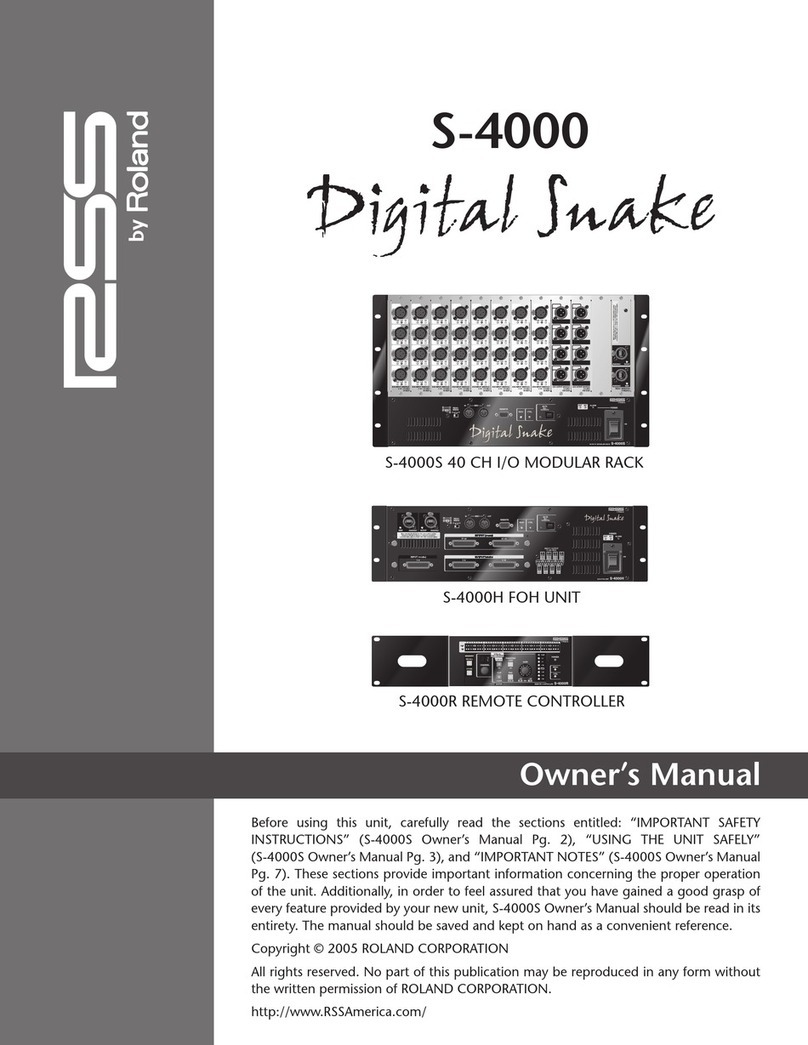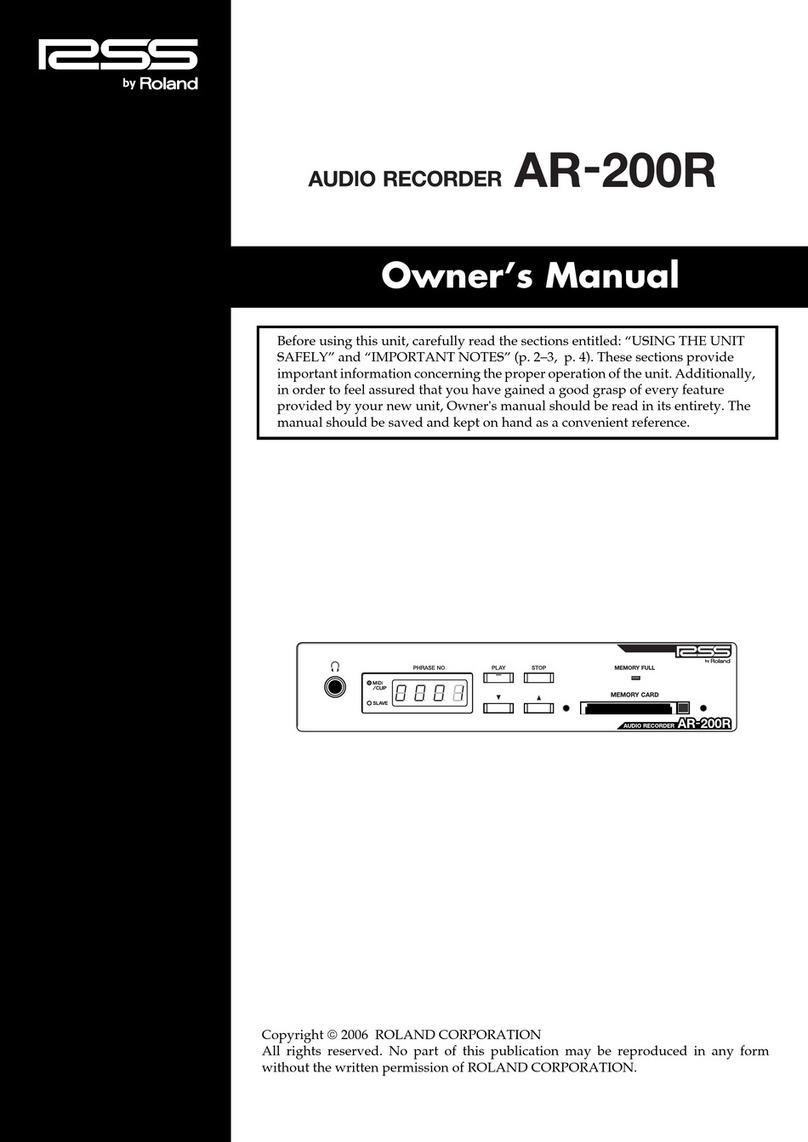Roland MKS-80 User manual
Other Roland Recording Equipment manuals
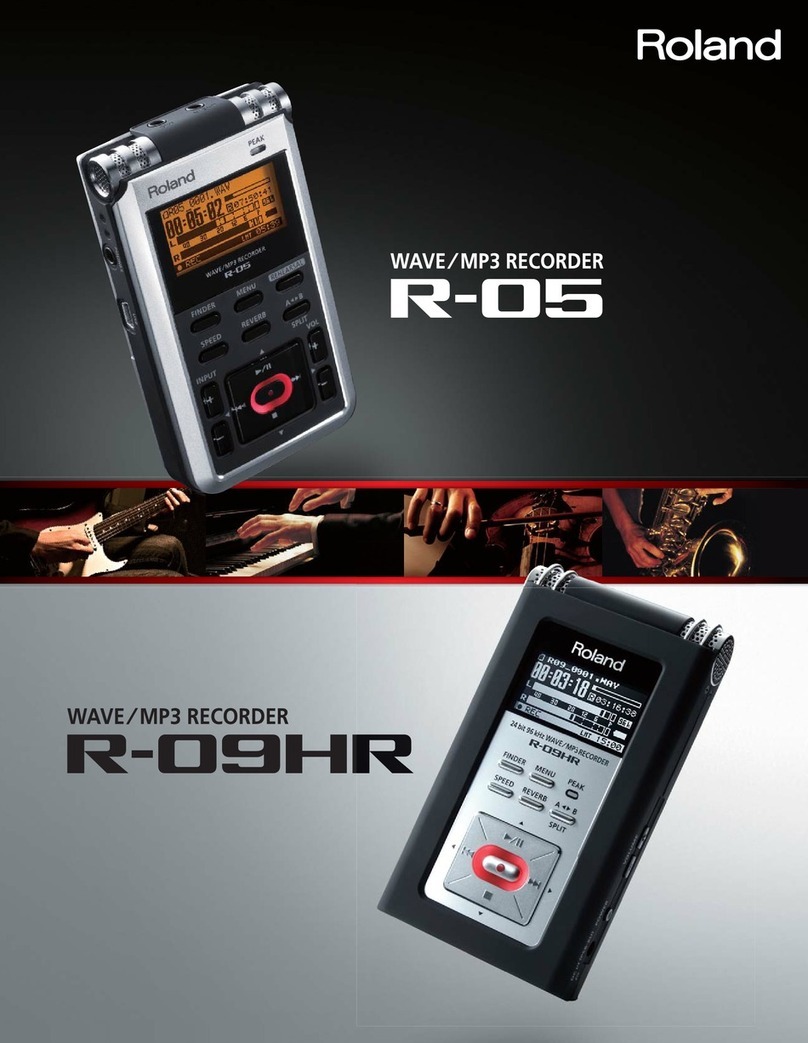
Roland
Roland Edirol R-05 User manual

Roland
Roland BOSS ME-70 User manual
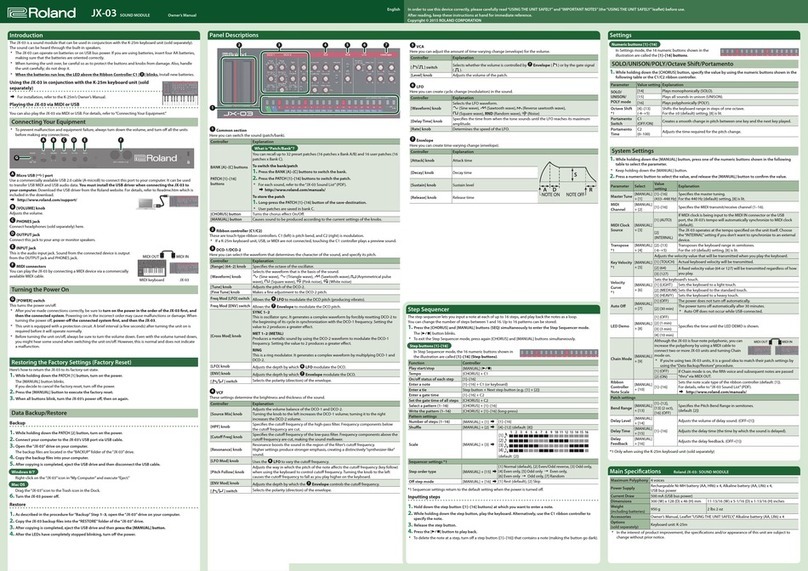
Roland
Roland Boutique JX-03 User manual
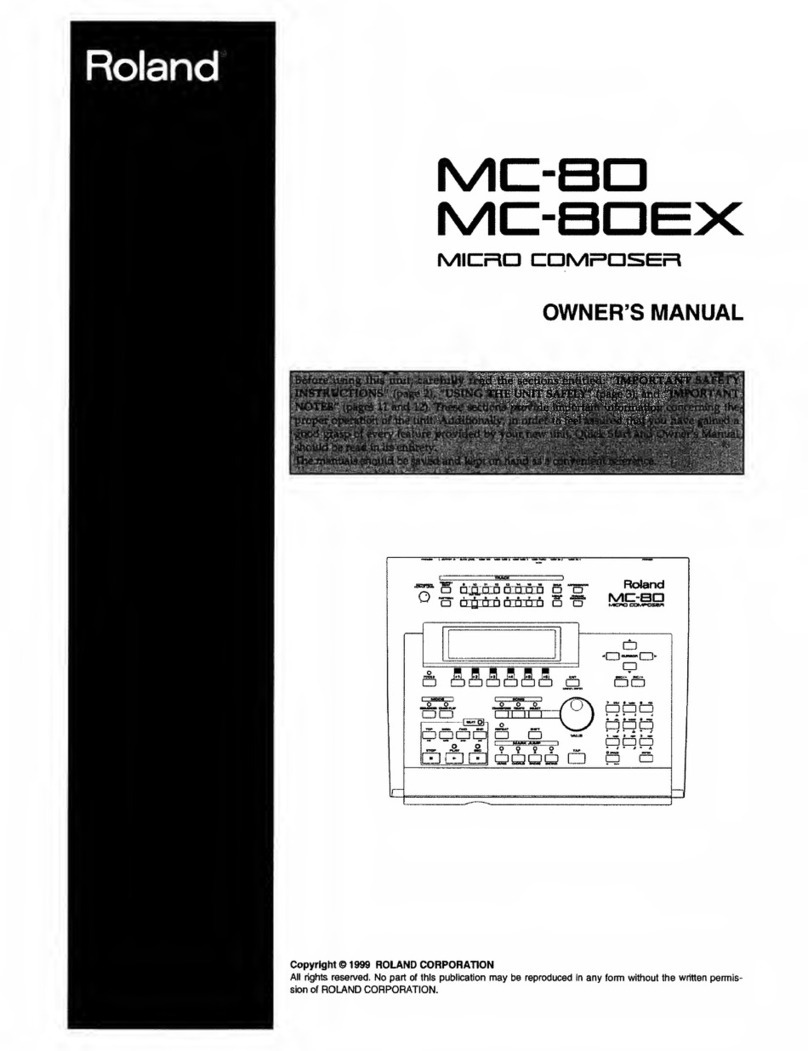
Roland
Roland Micro Composer MC-80EX User manual
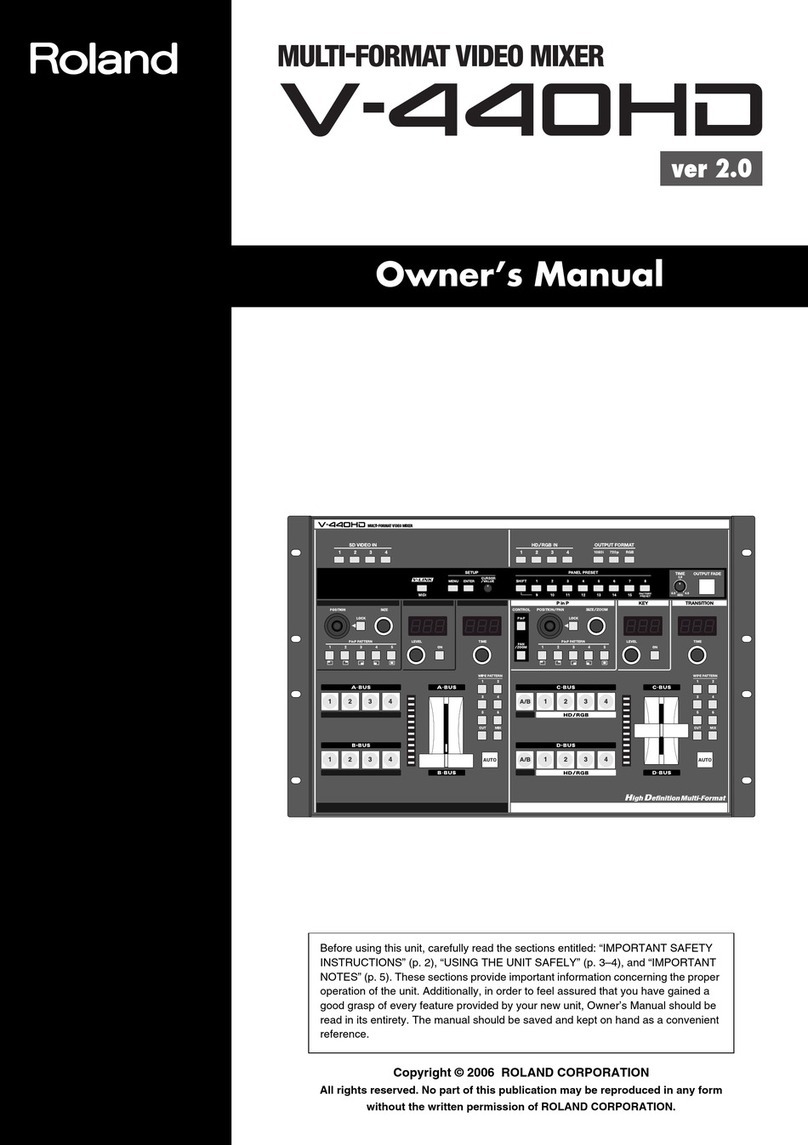
Roland
Roland EDIROL V-440HD User manual

Roland
Roland Sound Brush SB-55 User manual
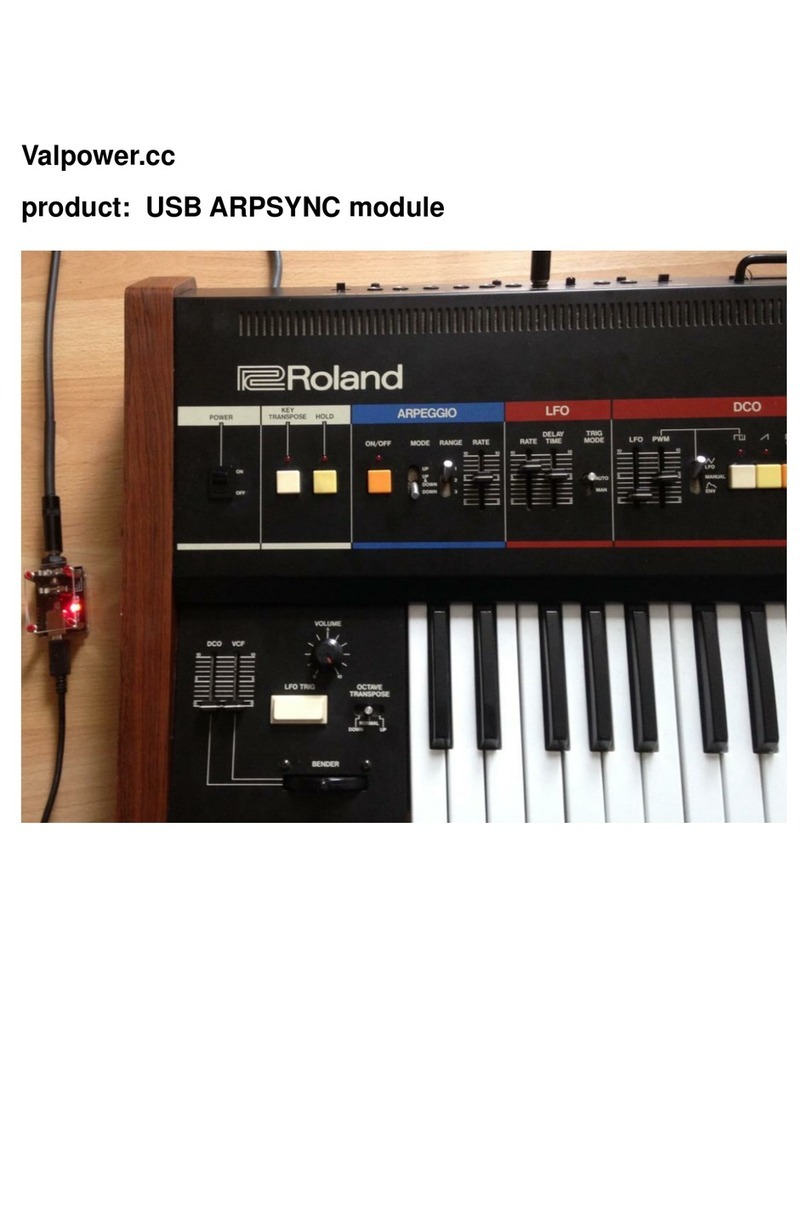
Roland
Roland USB ARPSYNC module User manual

Roland
Roland AE-30 User manual
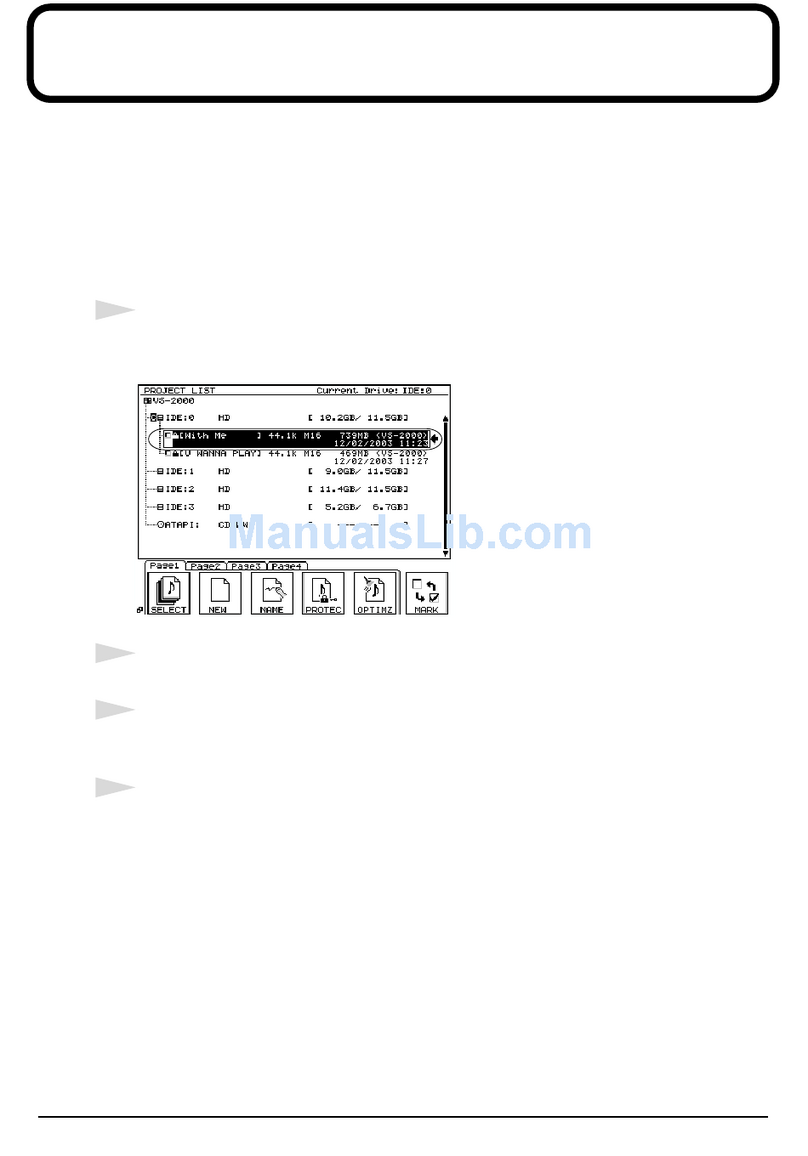
Roland
Roland VS-2000 Manual
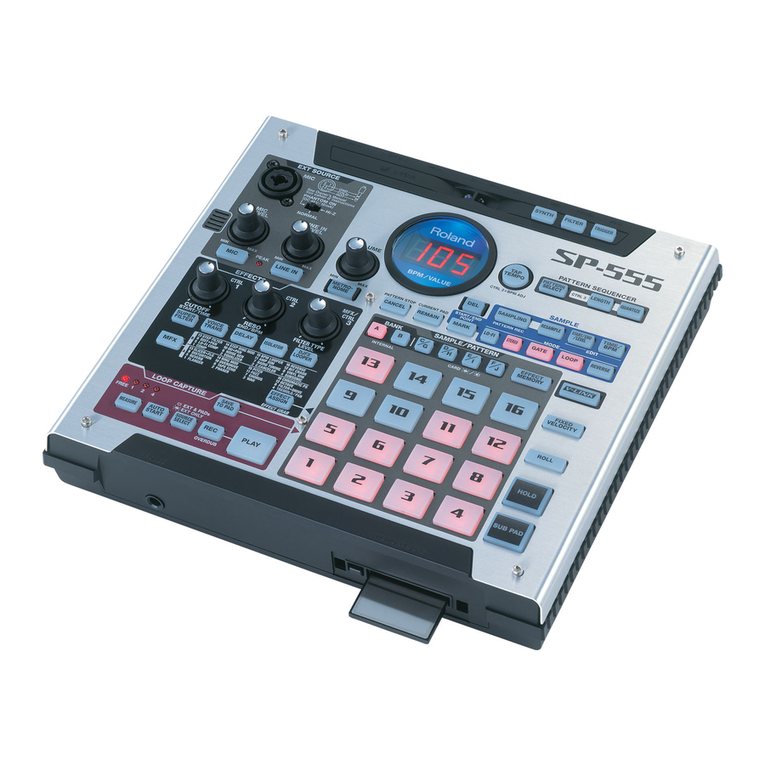
Roland
Roland SP-555 User manual
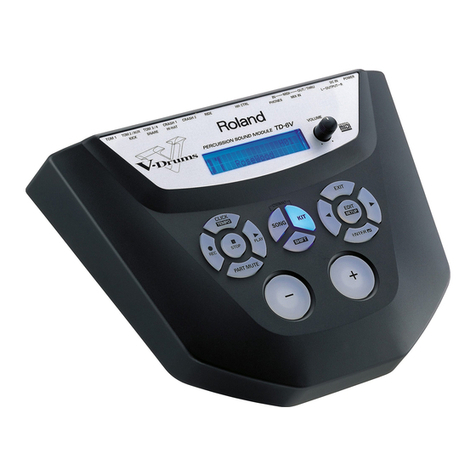
Roland
Roland TD-6V Operating and maintenance manual

Roland
Roland RSS Digital Snake S-4000H User manual

Roland
Roland Realtime Arranger RA30 User manual

Roland
Roland S-550 User manual

Roland
Roland S-220 User manual
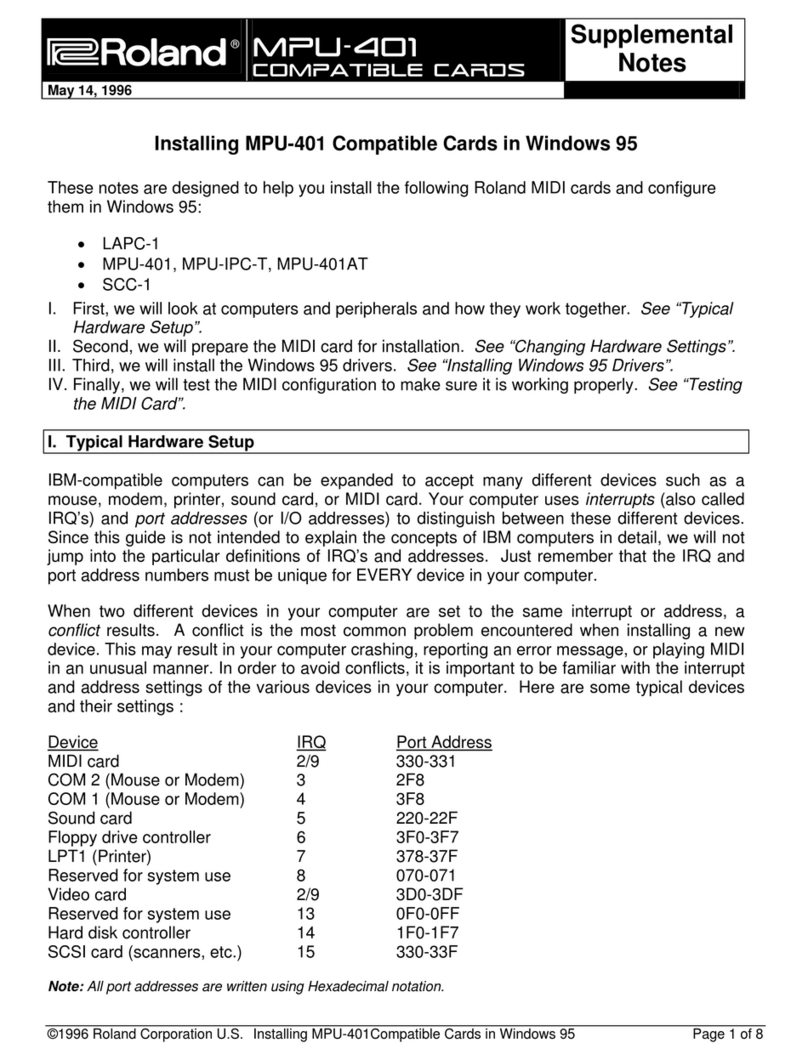
Roland
Roland MPU-401 Owner's manual

Roland
Roland Rhythm arranger TR-66 Operator's manual

Roland
Roland Soun Canvas P-55 User manual
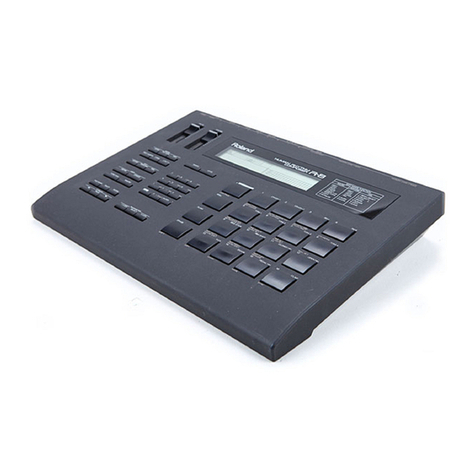
Roland
Roland R-8 mkII Operating and maintenance manual

Roland
Roland MC-50 mkII User manual
Popular Recording Equipment manuals by other brands

Sony
Sony RCD-W1 Operating Instructions (primary... Service manual

8x8 Inc
8x8 Inc Valcom V-2001A manual

Waves
Waves SUB Align user guide

Mitsubishi Electric
Mitsubishi Electric MAC-334IF-E installation manual

Robotics Technologies
Robotics Technologies microBus-Cam II installation manual

Seca
Seca 460 quick start guide

